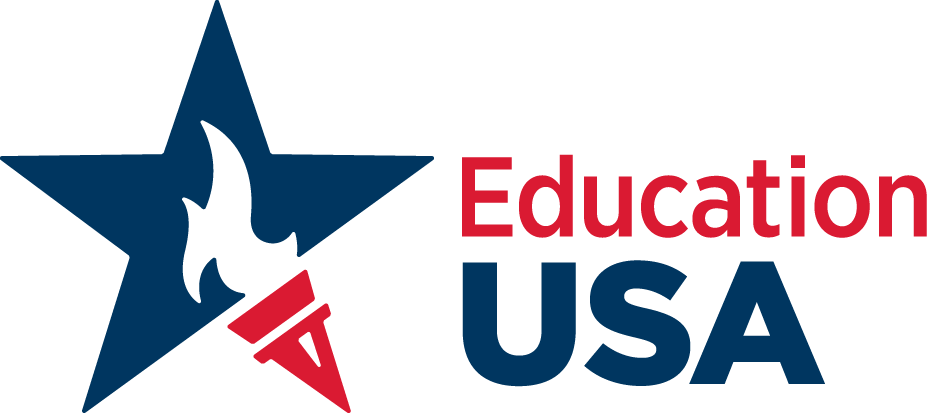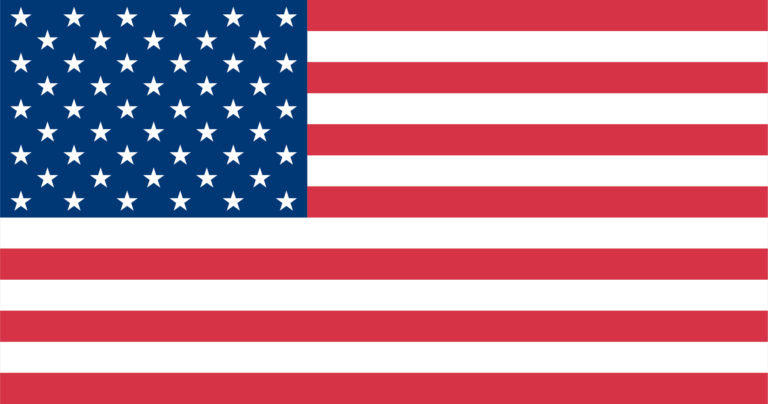“Higher education” in the United States means education beyond the secondary school level, or beyond the 12 years normally required to complete elementary and secondary studies. Higher education is offered by colleges, universities, professional schools, teachers’ colleges, community and junior colleges, vocational and technical schools, academies of art and music.
Detailed information concerning higher education in the United States may be found at the Advising Center which has a library of programs of most of the colleges and universities in the United States, and reference books evaluating various specializations offered by these institutions.
While the information below should be useful as a point of departure for anyone interested in higher education in the United States, it should be noted that the Commission for Educational Exchange is not qualified to counsel students in the choice of a career, or to judge their aptitude for any particular university specialization.
Students who wish to continue their education in the United States should note the following facts:
Undergraduate Study
Overview of terminology:
Community and Junior Colleges: provide a two-year course beyond high school or secondary school. Courses are either “Terminal”, leading to employment, or “Academic”, preparing the student for transfer to a four-year college or university where he/she will complete his/her education. Graduates of junior colleges are usually awarded an Associate in Arts (A.A.) or Associate in Sciences (A.S.) degree.
A technical institute: offers a two- or three-year course of training for a semi-professional occupation, such as that of a dental, engineering or medical technician.
Terminal Occupational Education: offers one to three years of study beyond secondary level intended to prepare the student for immediate employment. Technical programs, also known as “Vocational” and “Organized Occupational” studies, do not prepare a student to continue higher education at a regular four-year college or university.
Liberal Arts College or University: offers a university education combining natural and social sciences as well as humanistic studies. The term “college” is often used where undergraduate study is concerned. The college may be part of a university which also has graduate and professional schools, or it may be an independent institution offering a Bachelor’s degree program, with little if any instruction at the graduate level. (Thus Harvard College is the undergraduate division of Harvard University; Vassar College, Amherst College and Sarah Lawrence College are examples of independent colleges, also called liberal arts colleges). The academic status of an independent liberal arts college may be just as high as a college which is part of a university.
Fine Arts and Music are often taught in the colleges and universities described above, but may also be available in specialized academies, schools and conservatories. See Directories at the Advising Center for information.
The Bachelor’s Degree: Four years of undergraduate study lead to a Bachelor’s degree in Liberal Arts or in Science, a B.A. or B.S. degree, and qualify the graduate to apply for admission to a graduate school. The Bachelor of Arts (B.A.) or Bachelor of Science (B.S.) degree is awarded on successful completion of a specified number of courses or units and the full degree requirement is usually stated as being 120 credits (about 4O courses) for institutions operating on a semester system, and 180 credits for a quarterly calendar. A Bachelor’s degree program is designed to last four years, the first year being called Freshman year, the second Sophomore, the third Junior, and the fourth Senior. Courses in the first two years are referred to as “lower division” courses and in the last two years as “upper division” courses.
Many institutions have experimented with a wide variety of amendments to the structure of their degrees in recent years. Nevertheless, the original pattern usually survives in some form and consists of:
- General basic courses sometimes called “core courses”or “distribution requirements,” which must be taken by all students, usually during their first two years. These comprise about a third of the degree and they include subjects such as English, a foreign language, a natural science, social science and mathematics.
- Courses in which a student wishes to “major”, i.e. specialize, which are mostly taken in the last two years and usually amount to a quarter or more of the total degree requirements.
- “Elective courses” which the student chooses from any field.
Students from other countries do not necessarily enter an American college or university as freshmen (first-year students). They may be admitted by the college at a higher level or receive advanced standing, mainly through placement tests. Each college or university in the United States determines for itself the level of entry for each student. Students may sometimes complete a Bachelor’s degree in less than four years by (a) receiving credits for pre-college work (i.e. the European Baccalaureate) or (b) taking courses during the summer.


